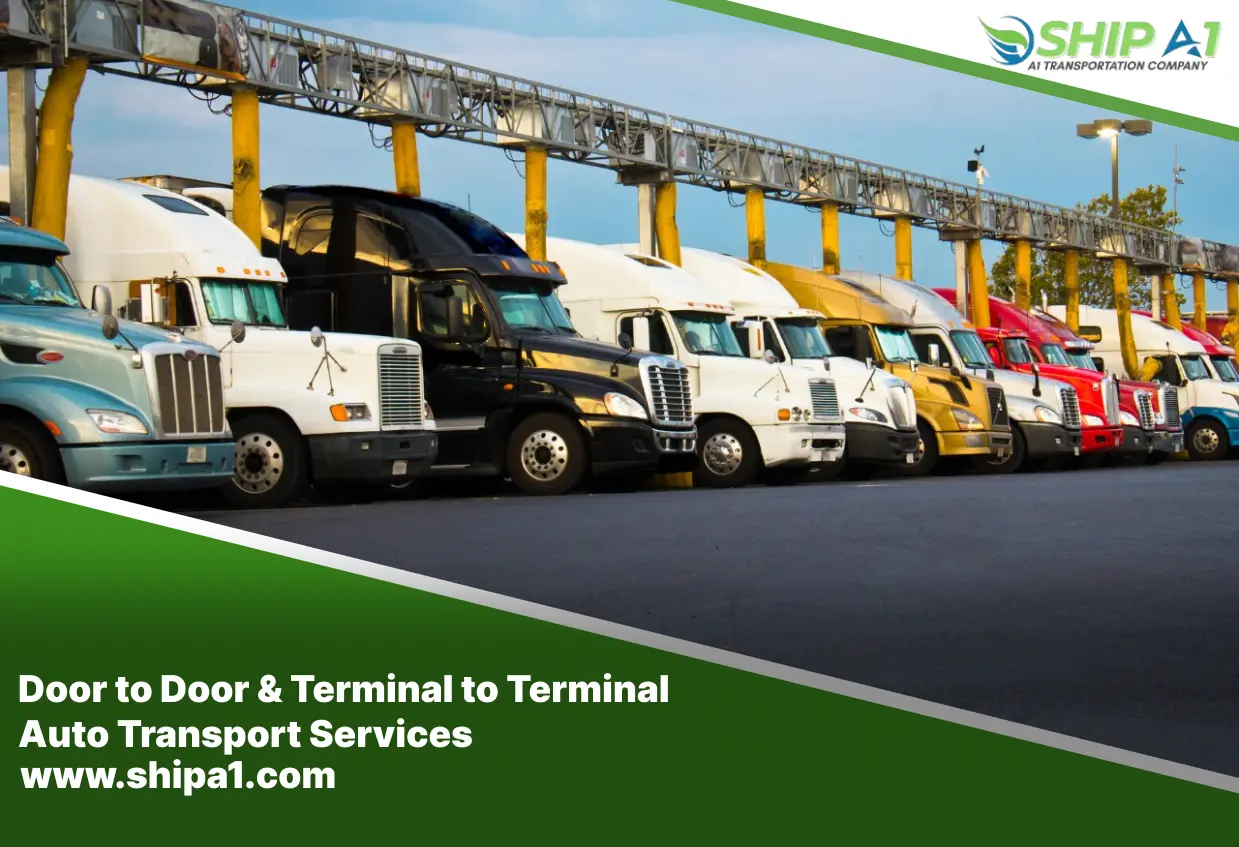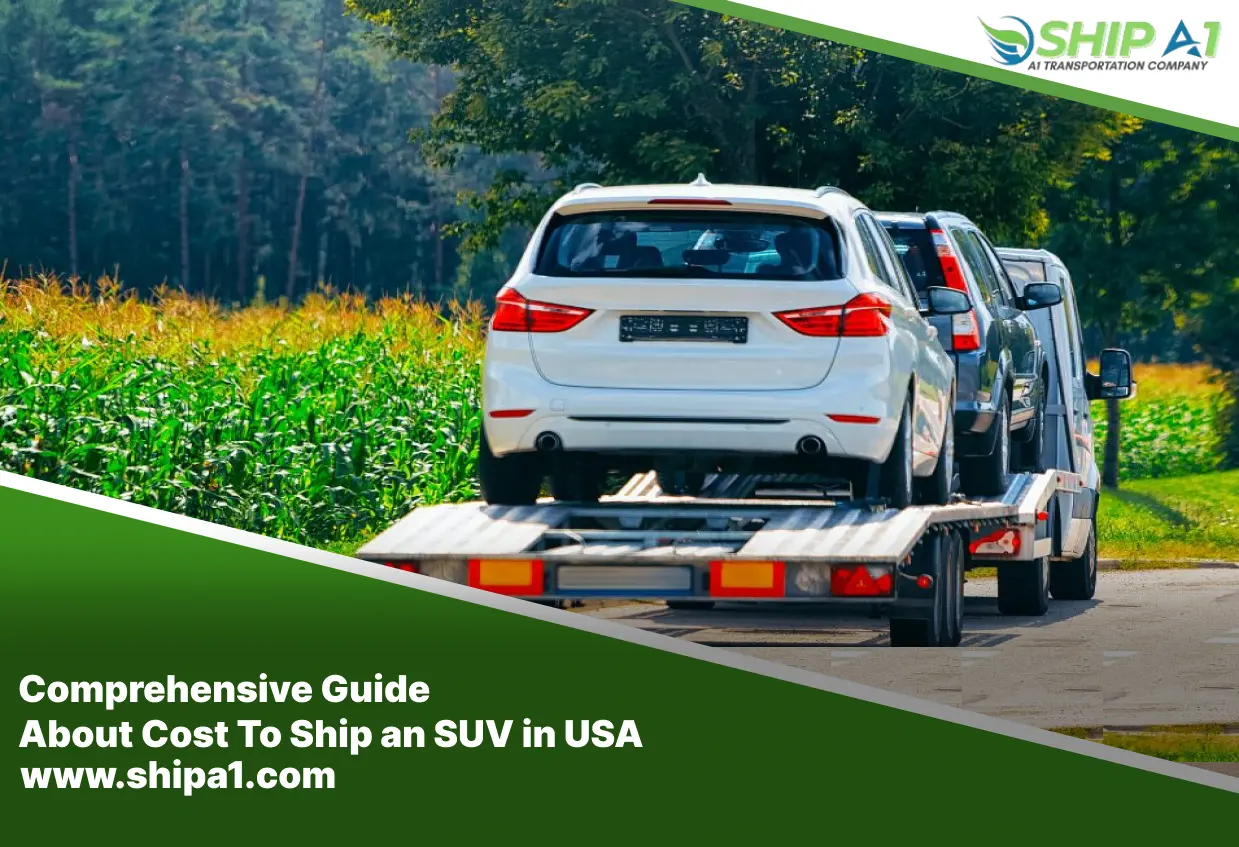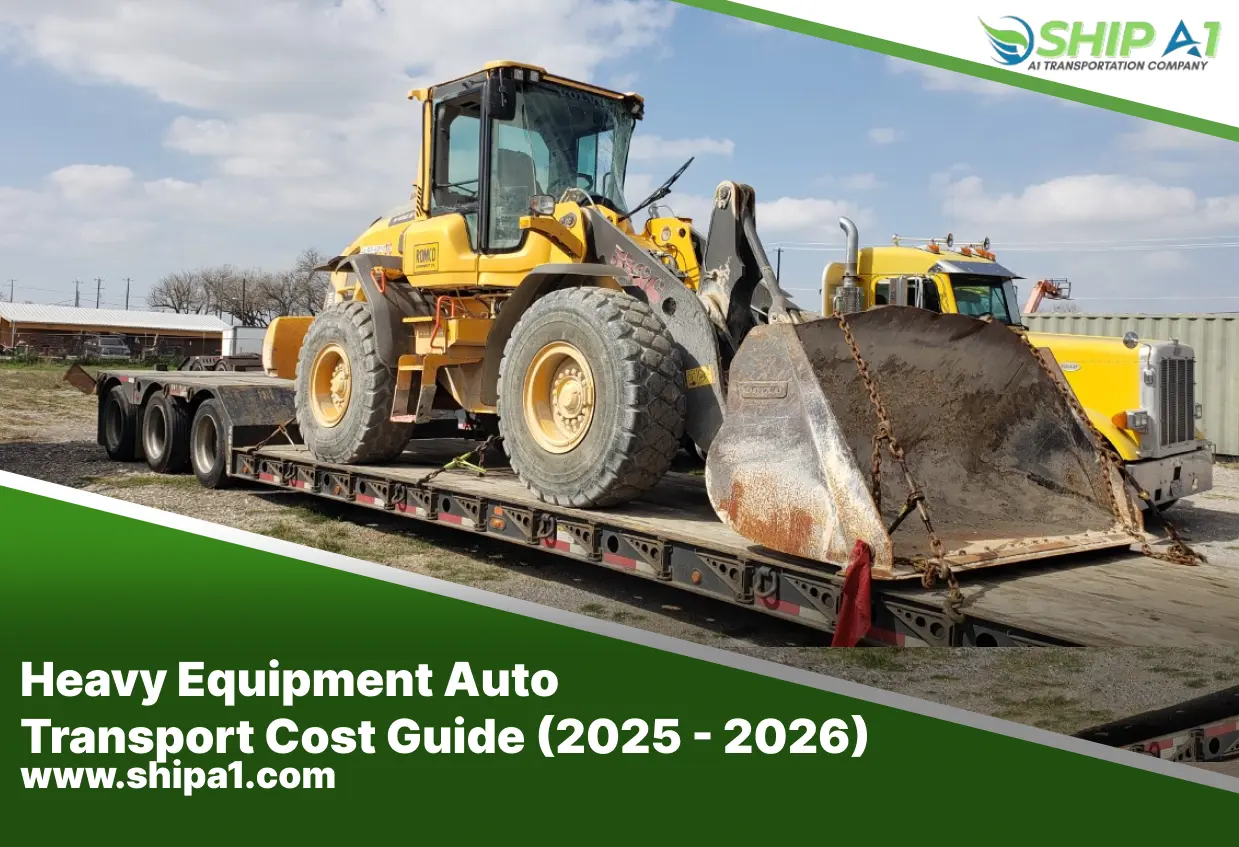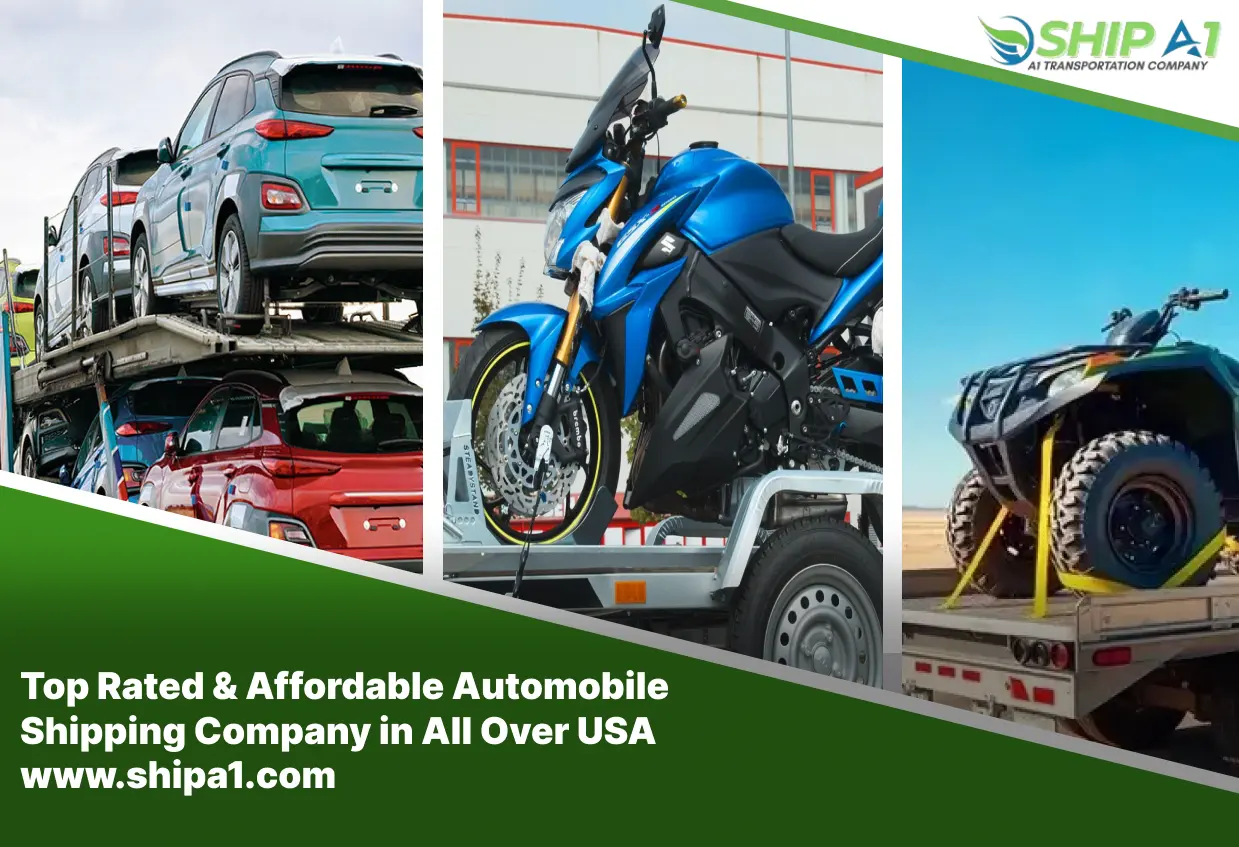Overview of Terminal-to-Terminal Auto Transport
The terminal-to-terminal auto transport service is based on central drop-off and pick-up centers, which enable carriers to pool vehicles in their most efficient service before the cars are sent out in their designated regional or nationwide lanes. The approach allows the scheduling of the activities to be predictable as terminals act as stable logistics points where vehicles are not processed one by one, instead they are processed in batches. Customers who are selecting this alternative will have a guided workflow that will synchronize the vehicle movement with the established dispatch cycles, thus increasing cost predictability and route efficiency. Most large carriers like to use terminal handling as it minimizes deviations, minimizes downtime and provides optimized load matching of various trucks. Technically, this model enhances operational effectiveness through standardization of the intake process and reduction in variability, which arises due to direct residential collection. The system is especially effective with the customers that reside within the boundaries of active transport points and are interested in stable prices and predictable transit time. Terminal based shipping has continued to be a very practical option of shipping across the nation because of its cost efficiency, synchronized transport, and scalable logistical structure that meets the needs of commercial and residential shippers.
How Terminal Infrastructure Supports Carrier Efficiency
Terminal infrastructure is modeled to simplify the workflow operations through the establishment of controlled areas of vehicle intake, inspection, staging, and dispatch. Due to their strategic positioning that is close to major freight routes, terminals limit inefficiencies caused by the widespread pick-up locations and time-wasting routes. Carriers that work via such hubs have the chance to match loads quicker, allocate drivers, and coordinate multi-vehicle hauls at a higher rate of route sequencing effectiveness. Such a structure reduces empty return miles which is one of the largest cost items in the trucking operation. Safe storage buffers are also offered by terminals, allowing carriers to deal with weather delays, regulatory inspection windows and equipment rotation without disrupting the overall schedule of the customer. They also enable quick scalability with carriers being able to add or remove capacity during the seasonal overload. A terminal system improves the visibility throughout the entire pipeline of transit, which provides dispatch teams with an uninterrupted monitoring of the vehicles and allows them to allocate resources more efficiently. All these technical benefits are converted to more stable rates, reduced duration of the route-planning process, and less end-to-end vehicle flow in customers.
Key Pricing Variables in Terminal-to-Terminal Transport
The logistical density, distance, vehicle size, equipment type, saturation in a given corridor, and seasonal shipments determine the pricing of terminal-to-terminal shipping. This is usually the case since customers have a higher predictability of the costs since terminal handling makes the services less varied with the personalized routes. Most shippers who analyze the cost of the car transportation will note that terminal-based models offer a better idea of the price because the consolidated loads utilize space in a better way. Other factors of costs are the fuel index rate, terminal storage allowances, availability of drivers, weight classifications, and the level of the demand in that particular origin-destination corridor. High outbound or inbound traffic will tend to ensure a more balanced price since carriers will be able to operate using a consistent frequency of loads. On the other hand, those routes where there is low transport volume could bear small surcharges because of the repositioning costs. Terminal fees can be paid in cases where vehicles stay in storage after the free holding period but those costs differ depending on the policies of the facilities. On the whole, charges of terminal shipping are one of the most transparent charges in the industry since they are based on organized load grouping rather than residential service.
Terminal Shipping for Interstate Relocation
Terminal-to-terminal transport is a reliable alternative to customers who need to move vehicles across the state borders since it matches the uniform routing schemes applied in long-distance auto-transport. Scheduling the car transportation between states is advantageous to individuals in charge because the terminals work as anchors to origins and destinations in national logistics networks. These hubs keep controlled schedules that align long-haul carriers to have particular lane allocations and reduce the uncertainty in transit, as well as promote consistent delivery cycles. The use of terminal shipping is particularly of help to customers who travel at a pace that is faster than that of their vehicles hence require a secure storage until they reach their destination. The controlled processing environment also guarantees that there are comprehensive inspections and correct documentation and secure handling prior to the entry into interstate movement chains. Carriers are also better off since long-distance operations demand the careful balancing of loads and optimized capacity planning, which can only be implemented with the help of terminals. The stability of this system ensures the ease of coordination among drivers, dispatchers, and customers on the multi-state routes.
Terminal Service Advantages for Cost-Conscious Shippers
A large number of customers choose terminal-based service because it has a relatively cheaper cost structure and stability in the control of transit. Terminals minimize the overheads in terms of operations, such as the necessity of individualized pick-ups, which enable carriers to concentrate on the high-density routes. When customers are in need of the best car shipping service they tend to compare the terminal models with other car shipping companies because of their operational transparency, predictability and market competitiveness. This technique is also attractive to commercial shippers who are moving several units at a time because it provides the predictable intake and dispatch times that can be coordinated at the fleet level. Terminal networks frequently release route frequencies, so that customers no longer need to wait until a particular driver is available when they want to make shipments, but can time the shipment based on established logistics patterns. Terminal shipping is a better choice because it is relatively cheap, timeline is clear, and vehicles are well managed to meet any budget concern as a number one priority.
Transitioning From Terminal Models to Door-to-Door Transport
Door-to-door transport is a higher level of service that is more personal, so carriers pick up and deliver cars to the places specified by the customer, typically as near as legally and safely possible. Terminal models are based on consolidated staging, unlike the door-to-door operations, which demand customized routing, which responds to residential road width, accessibility to the neighborhoods, and regulatory constraints. The customers who adopt this approach usually do so in favor of comfort, convenience and direct service rather than cost efficiency. Drivers are dealing with fluctuating residential logistics that may increase route times and operating costs but the customer is getting a seamless end-to-end experience. Door-to-door is a popular service among people who are time-constrained, have to work remotely, or can travel to terminals. The pathology of this approach aims at minimizing customer effort through a transfer of logistical roles to the carrier and emphasis on high service accuracy at the pick-up and delivery locations.
How Route Variability Influences Door-to-Door Operations
Dynamic routing between door and door transportation is needed since drivers can be flexible to accommodate the residential limitations of narrow streets, limited parking areas, school areas, and local roads regulations. Such a complexity of routing influences the allocation of resources and can also increase transit time based on the geographic dispersion of daily pick-ups. The routes have to be coordinated by the dispatchers with a minimum of inefficiencies and yet fulfilling customer-specified locations, which enhances the level of planning density and cost of operation. In spite of these, a majority of its customers are fond of door to door execution due to its simplicity and the ability to minimize logistical burdens during relocation. The flexibility provided by direct service is value-added since the customers will avoid visiting terminals, spend less time on coordination, and have more personalized delivery feedback. This model of operations is still among the most desired ones by people who give more importance to convenience than structural efficiency.
Pricing Structure Within Door-to-Door Transport
The price per service of door-to-door transportation is usually more expensive due to road carriers taking into consideration individual routes, scattered pick-ups, and greater fuel use as opposed to terminal consolidation. Accessibility issues and route expansion demands in residential zones cause high-pricing to assist in the time management of drivers and equipment handling. Customers that are comparing door service with the best car transport service usually weigh off between convenience and the cost which in the end decides the method that would best fit their situation of relocation. Some of the factors affecting the pricing are the availability of the roads, distance between pick-up and delivery sites, weather delays and level of congestion within the city. The flexibility demanded during its operations in door to door service translates to a more personalized cost structure yet most customers would find it worthwhile as it reduces personal involvement and improves the orchestration of delivery.
Door-to-Door Advantages for Time-Sensitive Shippers
The door-to-door delivery is especially useful to the customers that are particularly strict in their timetable, professional, or urgent car requirements. Car shipping from state to state that provides service in a fast manner usually depends on different routing that is tailor-made and allows reducing the amount of time spent on handling and facilitating the delivery process. The less use of terminal processing saves time and this is an advantage to the customers who may require quick relocation services. Moreover, direct service is also more transparent since customers communicate with drivers at both ends of the shipment, which allows them to communicate more clearly and trust them. Door-to-door performance is particularly beneficial when it comes to relocation of corporations, military transfers, and emergency transportation because the timely delivery is of vital concern. Even though it could be more expensive than terminal rates, the service benefits of speed and low customer participation make it an ideal option in the majority of time-sensitive moves.
Selecting Between Terminal and Door Transport
The terminal-to-terminal and door-to-door shipping option requires individual preferences, budget needs, accessibility of locations, and flexibility in scheduling. Terminal shipping is commonly preferred by customers who appreciate price stability, organized logistics and predictable dispatch cycles because it is efficient with less variability. The convenience-based and hands-free coordination-related customers usually choose door-to-door service because of its customized offerings. Such corporations as Ship A1 Auto Transport help clients in selecting the model to choose, as they provide two of them, which allows having a choice according to the distance, the time frame, and the services that they offer. Both approaches possess distinctive benefits that correspond to a certain relocation in some situations, and it is possible to make decisions based on such differences and be more informed. The customers are able to align the transport methods with their situation by comparing cost dynamics of each structure, dependency of routes, and service patterns.
Final Evaluation of Transport Method Performance
Transport is a terminal-based service that provides structure of operation, optimization in route and a pricing that is more controlled and as such, the service would be appropriate when customers are concerned about cost efficiency and predictability of the movement cycles. Personalized routing, relaxed coordination and minimized customer effort are also provided by the door-to-door service, which makes the process more convenient and contributes to an improved delivery experience. Customers who consider both alternatives enjoy the advantages of determining the accessibility of their routes, schedule limitations, and comfort with the terminal facilities. These two models are used in the wider auto transport as the complementary service types which serve different customer needs in different regions of the country. Carriers solve the problem of fleet optimization by balancing the terminal consolidation and residential flexibility, making it more extensive and more market responsive. Such companies like Ship A1 Auto Transport keep perfecting both types of services using digital technology, improved tracking, and improved dispatch models which reinforce the overall shipping performance in the country. Cost reduction or doorstep convenience, the customers can enhance the results by selecting the model that best fits their operations and logistical requirements.






